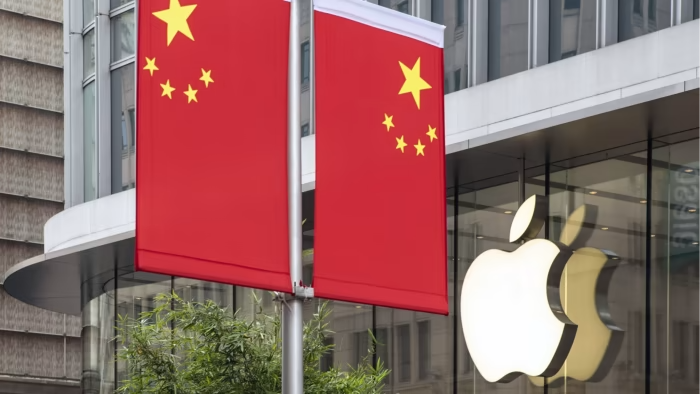In recent years, the rise of Chinese companies in the global business landscape has sparked concerns and debates, particularly regarding their impact on American businesses and national security. While China has emerged as a formidable economic powerhouse, with companies expanding their reach across various sectors, there are growing apprehensions about the implications for American interests.

Have a closer look at some Chinese companies that have drawn scrutiny and the potential risks they pose to American business:
- Huawei Technologies Co., Ltd.: One of the most prominent Chinese companies in the spotlight is Huawei, a telecommunications giant that has become a global leader in 5G technology. Despite its technological prowess, Huawei has faced allegations of espionage and security threats, with concerns raised about its close ties to the Chinese government. The United States has imposed sanctions on Huawei, restricting its access to American technology and limiting its ability to operate in the country.
- Tencent Holdings Limited: Tencent is a multinational conglomerate known for its dominance in the Chinese tech industry, with investments spanning gaming, social media, entertainment, and e-commerce. The company’s expansive reach has raised concerns about data privacy and security, particularly given its close relationship with the Chinese government. Tencent’s investments in American companies and its influence in the global digital economy have prompted calls for increased scrutiny and regulation.
- Alibaba Group Holding Limited: Alibaba is a leading e-commerce platform in China, often referred to as the “Amazon of the East.” With its vast online marketplace and digital payment services, Alibaba has transformed the way millions of consumers shop and transact online. However, concerns have been raised about the company’s market dominance, potential antitrust violations, and its impact on American businesses competing in the global marketplace.
- ZTE Corporation: ZTE is another Chinese telecommunications company that has faced scrutiny over national security concerns. In 2018, the United States imposed sanctions on ZTE for violating trade agreements and exporting technology to Iran and North Korea. While the sanctions were later lifted, the incident highlighted the risks associated with Chinese companies operating in sensitive sectors and their potential to undermine American interests.
- DJI Technology Co., Ltd.: DJI is the world’s largest producer of consumer drones, with a significant market share in the United States and abroad. While the company has revolutionized the drone industry with its innovative products and technology, concerns have been raised about the potential for espionage and data collection. The United States has banned the use of DJI drones by federal agencies over security concerns, reflecting the broader apprehensions surrounding Chinese tech companies.
The growing presence of Chinese companies in the global business landscape has raised legitimate concerns about their impact on American interests, including national security, intellectual property rights, and fair competition. While these companies offer innovative products and services, their close ties to the Chinese government and opaque business practices have fueled suspicions and calls for increased oversight. As policymakers and regulators grapple with these complex issues, the debate over the role of Chinese companies in American business is likely to continue, shaping the future of international trade and technology.

